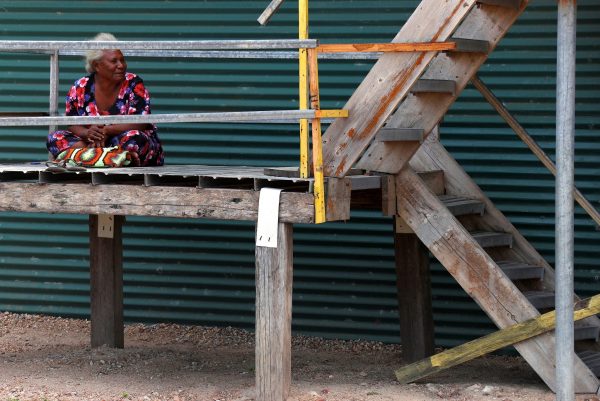As of April 2019, there are only three countries in the world with no women in their national legislatures, and all of them are in the Pacific: the Federated States of Micronesia, Papua New Guinea and Vanuatu.
In her keynote speech at the conference, Samoan Deputy Prime Minister Fiame Naomi Mata’afa reflected on Samoa’s experience introducing a gender quota — usually called temporary special measures (TSMs) or special measures in the Pacific context. The ‘10 per cent law’ in Samoa, introduced before the 2016 election, set five MPs as the minimum requirement for women’s representation.
If fewer than five women are elected in any general election, the highest-polling unsuccessful female candidates in the election take up additional seats in the 49-seat Parliament so that the threshold is met. For instance, if no woman is elected in a general election, five seats are added to the Parliament, bringing the total number of seats to 54. If one woman is elected, four seats are added and the Parliament has a total of 53 seats.
While TSMs can be a ‘quick fix’ for countries dealing with the severe under-representation of women in politics, introducing such measures occurs rarely without controversy. TSM proposals in the Pacific region, including in Samoa, have faced much opposition.
Critics often claim that such measures are unfair and discriminatory against men. TSM campaigns in the Pacific have also invariably faced claims that they are foreign impositions, driven by outside interests. Increasing women’s participation in politics has been framed as an agenda pushed by multilateral and bilateral development partners that is not necessarily responding to a legitimate local need. These, and other arguments, have derailed many attempts to push for TSMs in the region.
Yet the tide may be turning. As Fiame noted at the Forum, ‘One of the positive things about the Samoa situation is that it has presented a model that can easily be replicated if other countries wish to do so’. The Samoan system is a uniquely Pacific TSM with a design that responds to common criticisms of TSM systems, including that they are ‘unfair’. The system neither establishes reserved seats specifically for women, nor mandates that parties include equal numbers of male and female candidates — both systems that have attracted claims of ‘special treatment’ for women.
Instead, the Samoan model requires all candidates, both men and women, to contest through the same process and for the same seats. The TSM system then acts as a ‘safety net’ for women’s representation, only kicking in if the minimum threshold of five women MPs is not met.
Already a similar system has been introduced at the municipal level in Vanuatu. In Luganville, Vanuatu’s second-largest town, there are five reserved seats for women on the town council, held by the highest-polling unsuccessful women candidates in each ward in the previous municipal election.
Other countries in the region are also looking to emulate the Samoan model. After no women were elected in Papua New Guinea’s 2017 general election, Prime Minister Peter O’Neill mooted introducing four ‘safety net’ seats in the Parliament for women. In the Solomon Islands too, a proposal to introduce TSMs in provincial assemblies is gaining steam, with the Samoan model one potential option.
The Pacific region is notable in global terms for both its low levels of women’s political representation and its lack of uptake of gender quotas or TSMs, which are increasingly common worldwide. But the Samoan experience provides a potential framework that other countries in the region have shown interest in adopting.
It also shows the importance of finding local and regional solutions for issues such as women’s under-representation. While many development partners have highlighted women’s political representation and participation as a key priority, perhaps the most important role they can play is helping to facilitate this regional sharing of stories and solutions.
Kerryn Baker is a Research Fellow in Pacific Politics with the Department of Pacific Affairs, The Australian National University. Her book Pacific Women in Politics: Gender Quota Campaigns in the Pacific Islands was published in April 2019.

